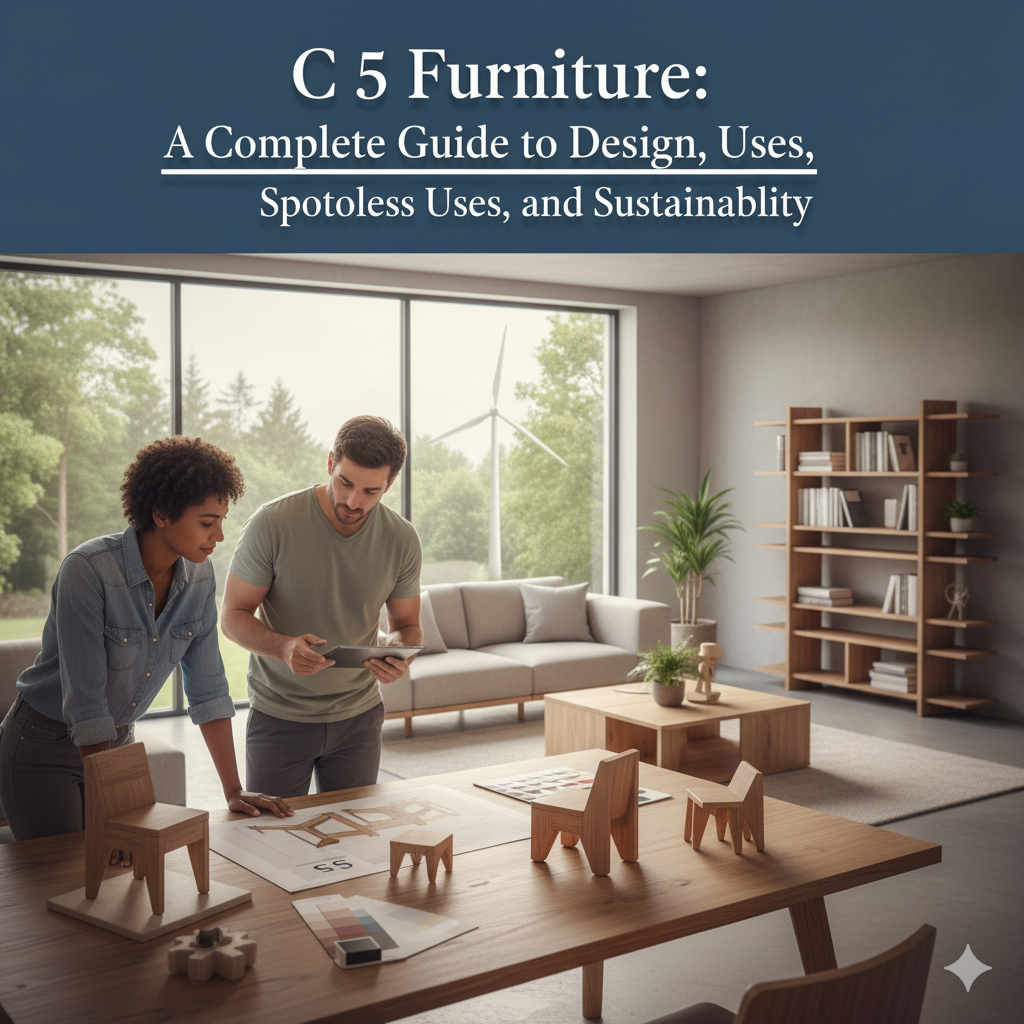Shopping for clothing online is now a very popular option for most women who do not have the time to go to the mall, or for those who are just lazy and do not want to be hassled with driving to the closest department store, trying on clothes, and waiting in line to purchase them.
Online shopping has made it easier
Online shopping has made it easier for a lot of men and women to purchase anything and everything they want in the comfort of their own home, in sweats and pyjamas. All you need is a credit card, and you are good to go. All you have to do is be patient and wait for it to be delivered, and pray that the website where you
shop for clothing online is legitimate. A lot of people have been victims of these questionable online clothing stores, and since it has become so popular, one must be well-informed about the tips on how to shop for clothing online safely.
Here are some tips:
- Buy only from websites that you know and trust or are recommended by friends or family. If you are still unsure, check the company’s physical address and phone number and call them. Also, find testimonials from customers on their site or Facebook page.
- Look at the top of your screen where the website address is displayed, you should see https://. The “s” that is displayed after “http” indicates that Web website is secure. Often, you do not see the “s” until you are on the order or checkout page of the website.
- Always read the website’s privacy and security policy (usually under Privacy Policy or Terms and Conditions) when you shop for clothing online. Every reputable online store offers information about how it processes orders.
- Only disclose important facts about yourself when you order and shop for clothing online. The only important ones are the name and your address. If the merchant asks about lifestyle on annual income, do not answer it, as it can be a question for marketing purposes and lead to spam mail. Answer only those that are required and have an asterisk (*).
- Keep your password very private. Do not use common passwords like birthdates or your other’s maiden name. Choose an alphanumeric password, and the best one is at least eight characters in length.
- Always save copies of your orders when you shop for clothing online. Print a copy once you arrive at the confirmation page. Keep your own records just in case you may have to return them.
- Read about the shipping facts, nd the merchant’s cancellation, return, and complaint handling policies. This will avoid confusion.









